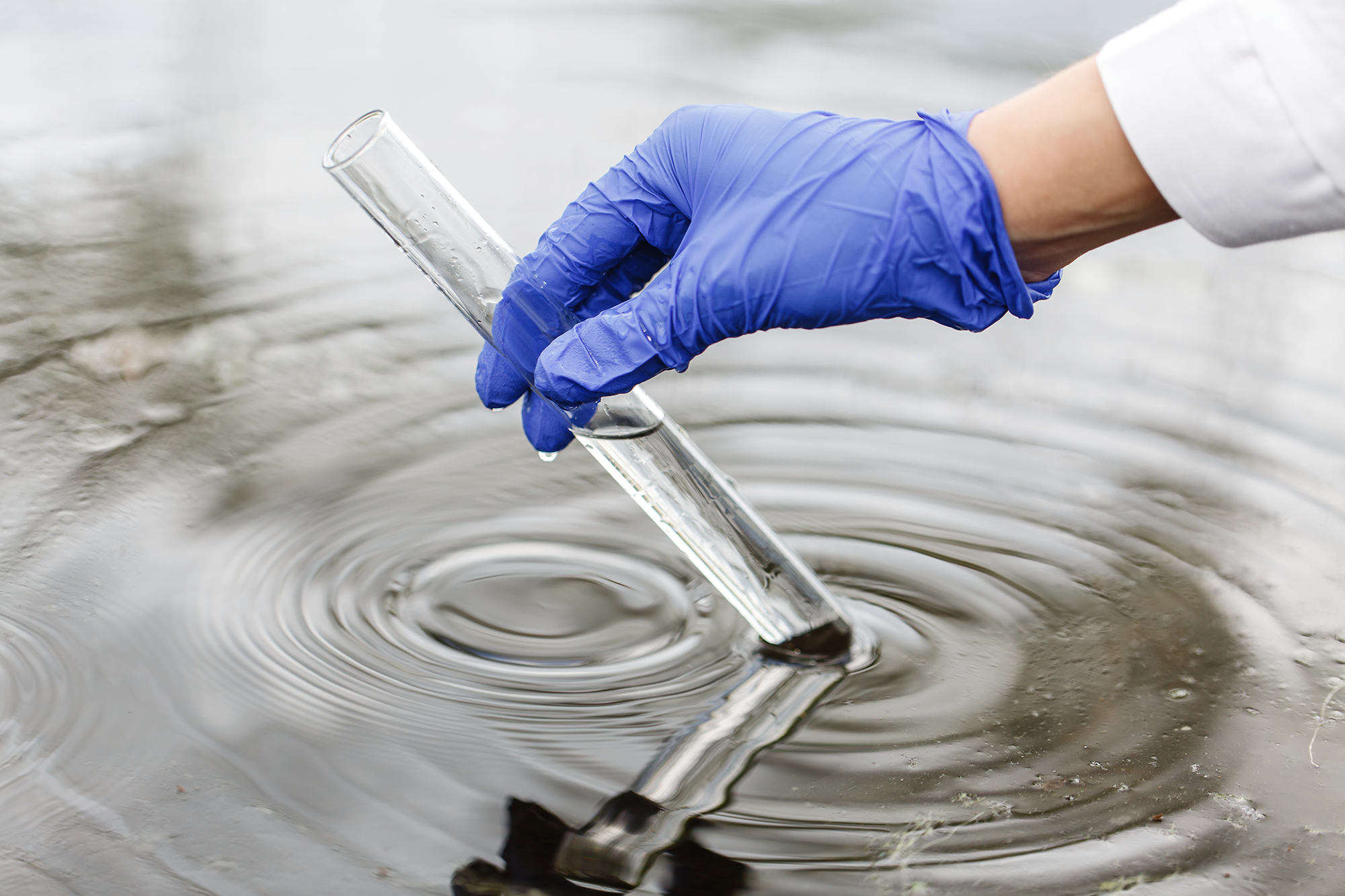
Is Camp Lejeune Water Safe Now? Legal Action and Your Rights
The history of Camp Lejeune, a U.S. Marine Corps base in North Carolina, has been marred by a tragic chapter of environmental contamination. From the 1950s through the 1980s, thousands of individuals, including military personnel, their families, and civilian employees, were exposed to toxic chemicals present in the base's drinking water. Trichloroethylene (TCE), perchloroethylene (PCE), benzene, and other hazardous substances had seeped into the groundwater, resulting in severe health consequences for those unwittingly consuming and bathing in the contaminated water.
Past Incidents:
The contamination at Camp Lejeune stemmed from various sources, including improper disposal practices at dry cleaning facilities and leaks from underground fuel storage tanks. Prolonged exposure to these toxic substances led to a myriad of health issues among residents and personnel, ranging from cancers and neurological disorders to reproductive issues and autoimmune diseases. The devastating impact of the contamination underscored the urgent need for accountability and justice for those affected.

Legal Action and Advocacy:
In response to the Camp Lejeune water contamination, numerous lawsuits were filed against the U.S. government and private entities responsible for the pollution. These legal actions sought compensation for the victims and held accountable those responsible for the environmental negligence that led to the contamination. Additionally, advocacy groups and community organizations emerged to amplify the voices of affected individuals, raise awareness about the issue, and advocate for legislative action to address the crisis.
Current Status:
In recent years, significant efforts have been made to remediate the contamination and ensure the safety of the water supply at Camp Lejeune. Environmental remediation initiatives, including groundwater monitoring and cleanup efforts, have been implemented to mitigate the lingering effects of the contamination. Regulatory agencies have also established stringent standards for water quality to safeguard public health and prevent future incidents of contamination.
Entitlement to Lawsuit Compensation:
Individuals who were exposed to the contaminated water at Camp Lejeune between August 1, 1953, and December 31, 1987, and subsequently suffered adverse health effects may be entitled to participate in the Camp Lejeune lawsuit. This includes military personnel, their families, and civilian employees who lived or worked on the base during the specified period. Eligibility for compensation may depend on factors such as the severity of health effects, the duration of exposure, and individual circumstances.
Your Rights and Recourse:
The Camp Lejeune Justice Act and associated legal measures provide avenues for seeking redress and holding responsible parties accountable for the harm caused by the contamination. Our firm specializes in assisting individuals impacted by the Camp Lejeune water contamination. We are dedicated to advocating for your rights and ensuring that you receive the compensation and support you deserve.
Financial Compensation for Victims:
One pressing question for victims of the Camp Lejeune incident is how much compensation they may receive. The amount of compensation can vary widely depending on factors such as the severity of health effects, the duration of exposure, and the individual's eligibility for benefits under the Camp Lejeune Justice Act and related legislation. Compensation may include disability payments, reimbursement for medical expenses, and other forms of financial support.
Contact Us:
If you believe you have been affected by the Camp Lejeune water contamination or have questions about your legal rights, do not hesitate to contact us. Our experienced team is here to provide guidance, support, and advocacy every step of the way. Together, we can seek justice and hold accountable those responsible for the environmental negligence that has impacted so many lives.
For consultation or assistance with Camp Lejeune-related legal matters, please contact oshanandassociates at 833-44-TOXIC.
Leave a comment
Comments will be approved before showing up.
Also in Camp Lejeune

Camp Lejeune Family Lawsuit

Camp Lejeune Lawyer - Toxic Water Exposure

